What are the Best Shoes to Wear with Scrubs?
By Catalogs Editorial Staff
Contributed by Info Guru Lindsay Shugerman
The clothes that doctors, nurses, and other medical professionals wear to work have changed a lot in recent years. Doctors no long wear dress clothes, ties, or even lab coats. And nurses have abandoned the classic starched white dresses and caps for easy-to-wear scrubs. But what about the shoes?
Doctors used to wear dress shoes, and nurses used to be tied to ugly, wide white shoes with big laces. Not so now! The choice in shoes is pretty much wide open. But with hours on your feet, some shoes work better than others. So what are the best shoes to wear with scrubs when a shift (or two) lies ahead of you?
10. Clogs
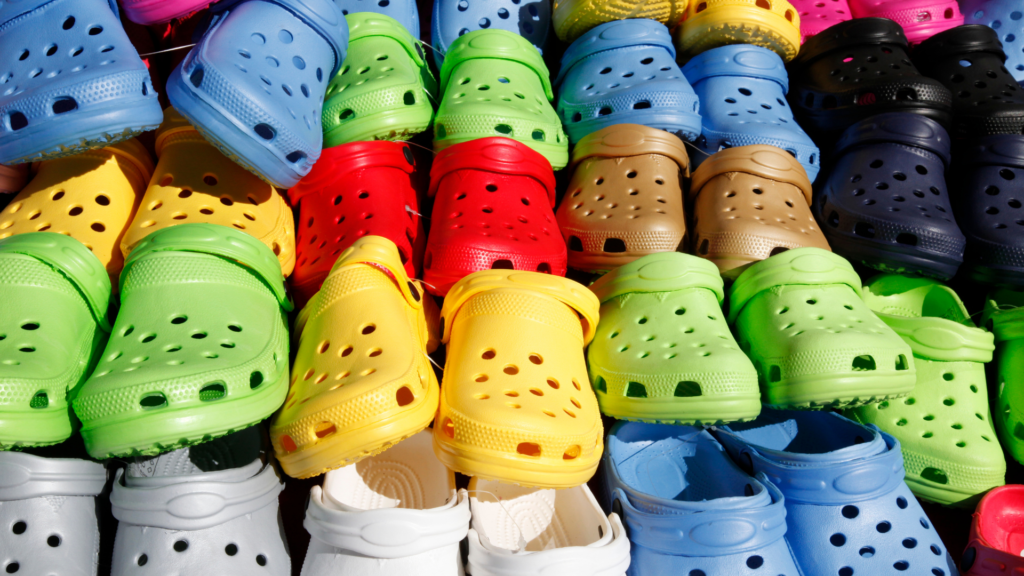
Uniform clogs have become one of the most popular choices for nurses and doctors in hospitals. Not only are they well-padded and comfortable, but the plastic or vinyl material used for most of them also makes them easy to rinse or wipe off if they get soiled with patient fluids.
Another plus? The slip-on, slip-off style makes them easy to work with when a change of scrubs is needed.
9. Slip-on support shoes
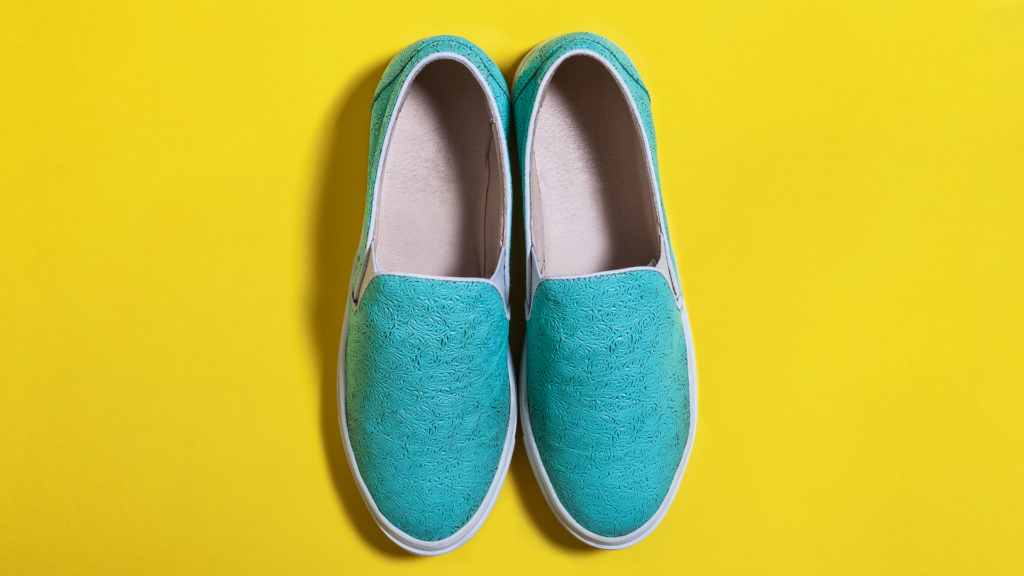
One of the biggest challenges in the medical world is the number of time doctors, nurses and techs spend on their feet. A pair of supportive, well-engineered support shoes can help make it easier on your feet — and your whole body.
8. Mary Janes
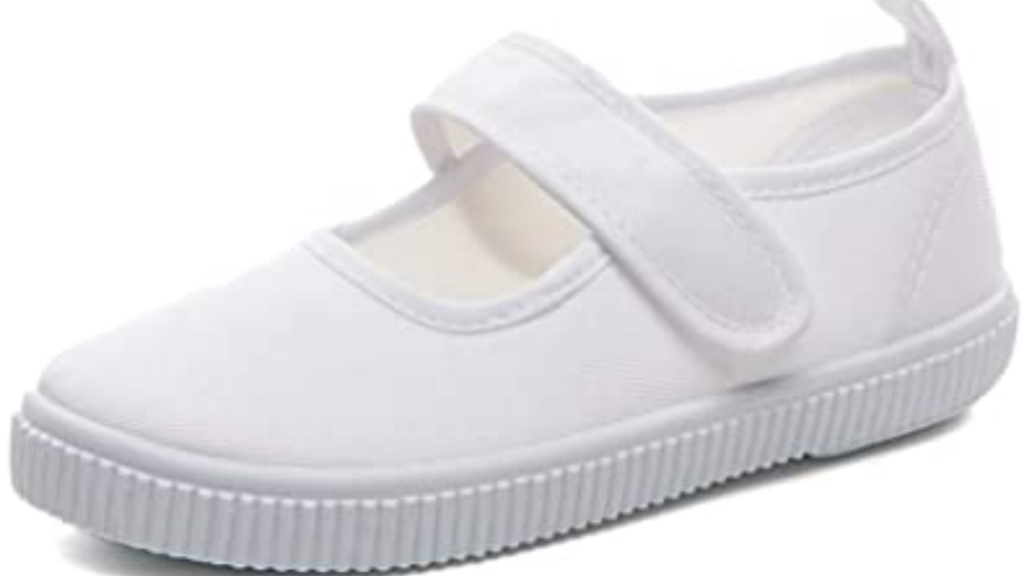
Many women choose Mary Jane-style shoes to wear with their scrubs. Medical Mary Janes are usually much more cushioned than regular fashion versions, so that helps with support. And the strap prevents the shoes from accidentally slipping off if you have to move quickly into or out of a patient room.
7. Sandals
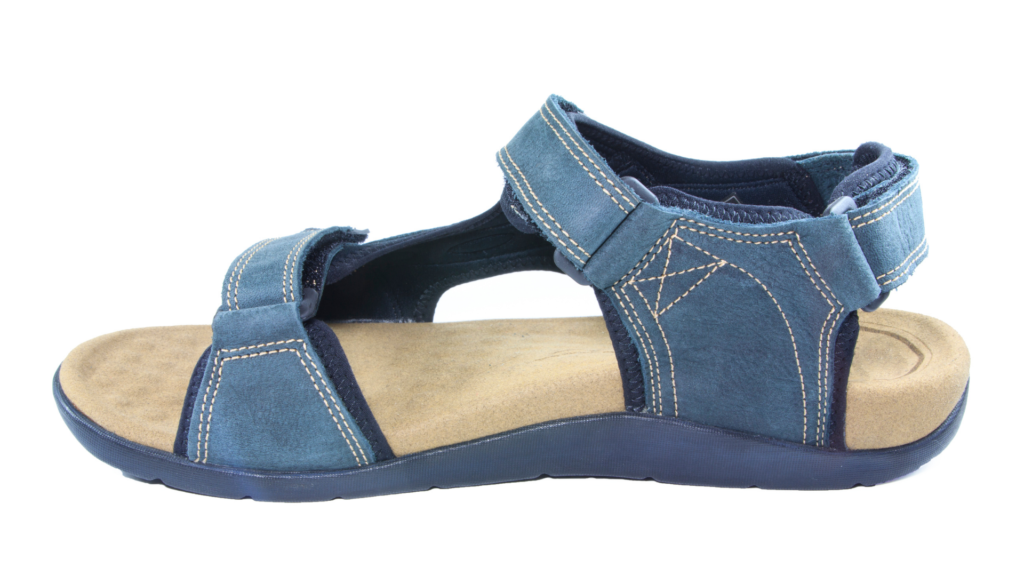
If you take a look at the shoes being warn in operating rooms across the country, sandals would be one of the most common. Worn with thick hiking socks, Birkinstock-style and Tevya-style sandals are the shoe of choice for surgeons and surgical nurses.
6. Oxfords
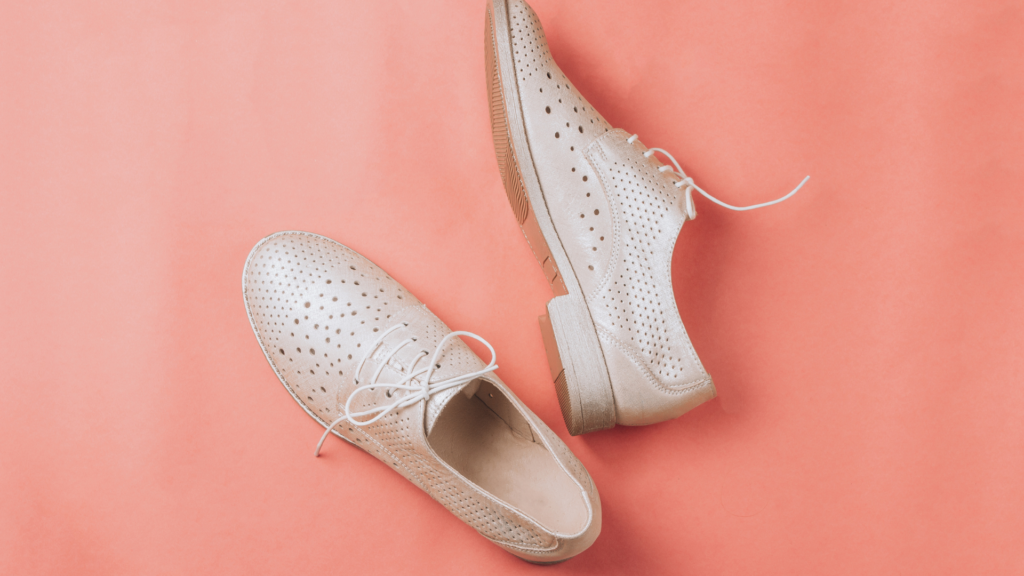
A tie shoe is still a great choice as a shoe for nurses, doctors, and medical technicians. But instead of the clunky, heavy shoes of yesteryear, today’s medical oxfords are lightweight and flexible. They provide a secure fit when you need to move quickly, or have to function in crowded E.R.’s or clinics.
5. Loafers/slip-ons
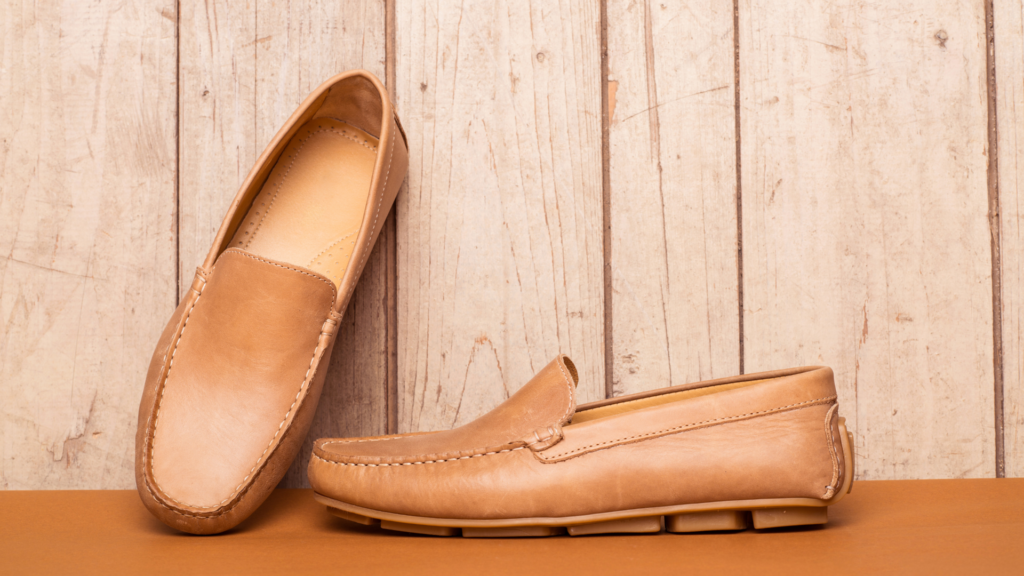
If the open or low back of clogs doesn’t appeal to you, but you want the ease of a slip on shoe, a loafer-style shoe might work well with your scrubs.
Make sure the loafers you choose offer the cushioning and support you need for long days on your feet, with non-slip soles to keep you safe even if the floor gets wet.
4. Walking shoes
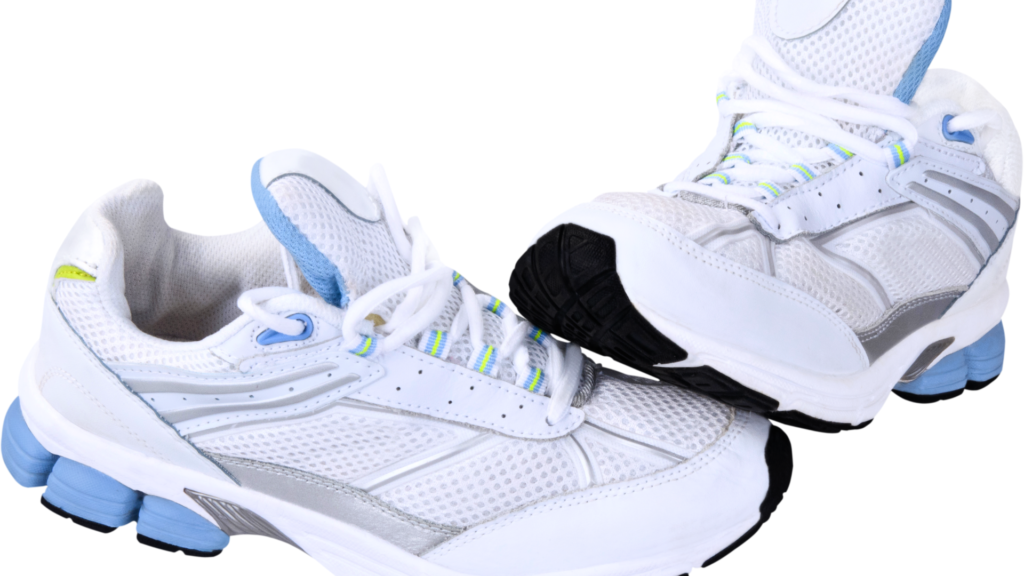
Some medical professionals skip the official work shoes entirely and opt for regular walking shoes. These shoes typically offer excellent support, durability, and comfort at a lower price than comparable uniform shoes.
The only drawback to using walking shoes may be the color if your employer requires white shoes. Standard walking shoes may not come with an all-white option.
3. Ballet flats
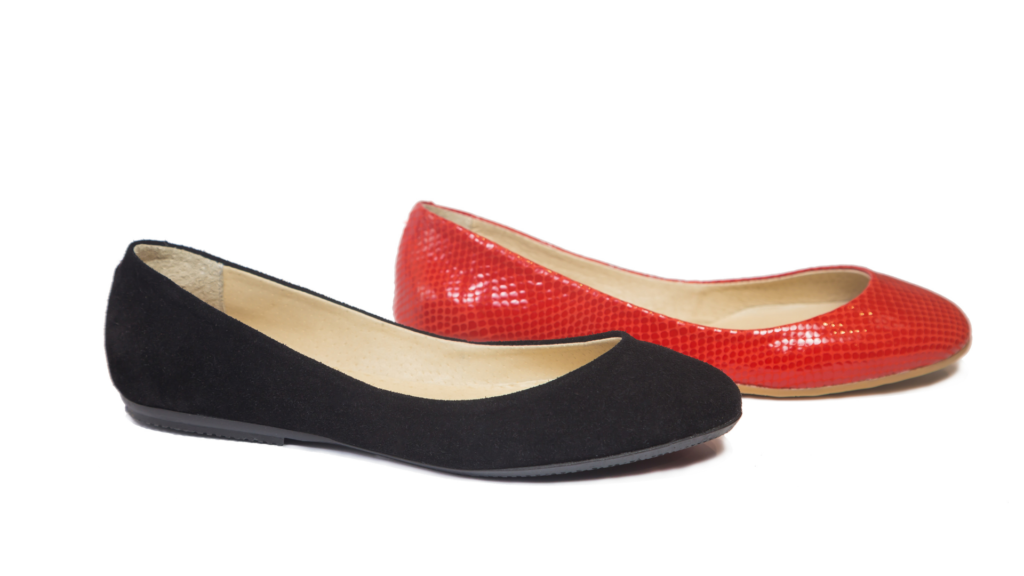
If your job includes significant amounts of time sitting at a desk or nurses station, a simple ballet flat with non-slip soles might be the most economical and comfortable choice.
If you’re buying your flats from a regular shoe store, make sure the shoes provide enough space to wear socks or hose comfortably. Almost all medical facilities require full coverage on the foot, and these shoes might fall short.
2. Steel-toed shoes

If you’re working in a busy E.R., or in the field where conditions might be hazardous, work shoes with a steel toe might be your best choice.
Because these shoes tend to be more rigid than many other kinds of uniform shoes, do try them on and make sure they’ll be comfortable for an entire shift, and in different temperatures.
1. Different shoes for different days
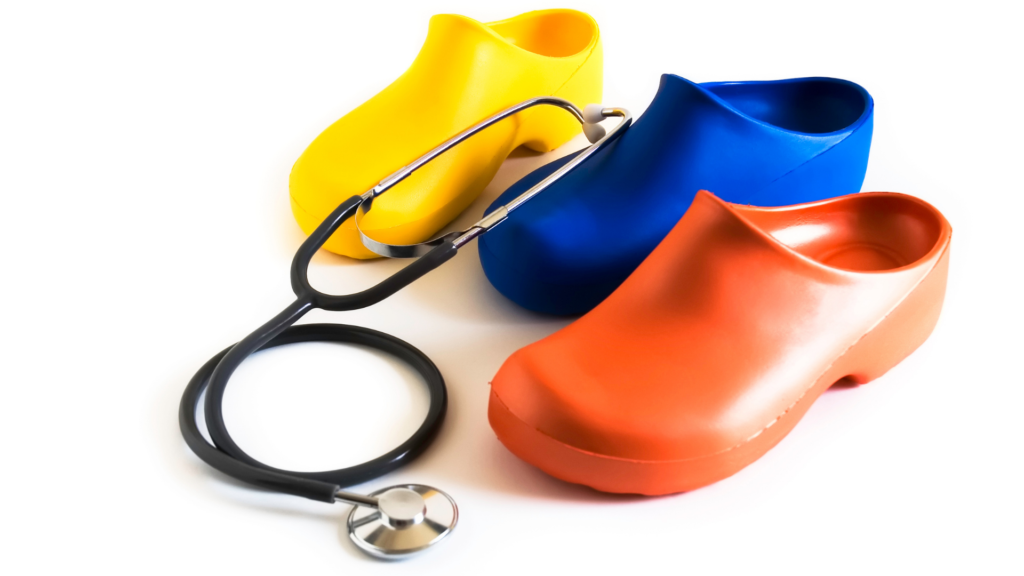
When it comes down to it, the very best shoes to wear with scrubs might be different on different days. Looking at a full day in surgery? A well-padded clog-style might work best. Spending the day in a hectic E.R.? A more secure oxford might work better that day.
Popular Savings Offers
Having several pairs of uniform shoes will allow you to switch out if one pair irritates a blister or is too hot or too cold for a given shift.



.png)


.jpg)

.png)
.jpg)

.png)